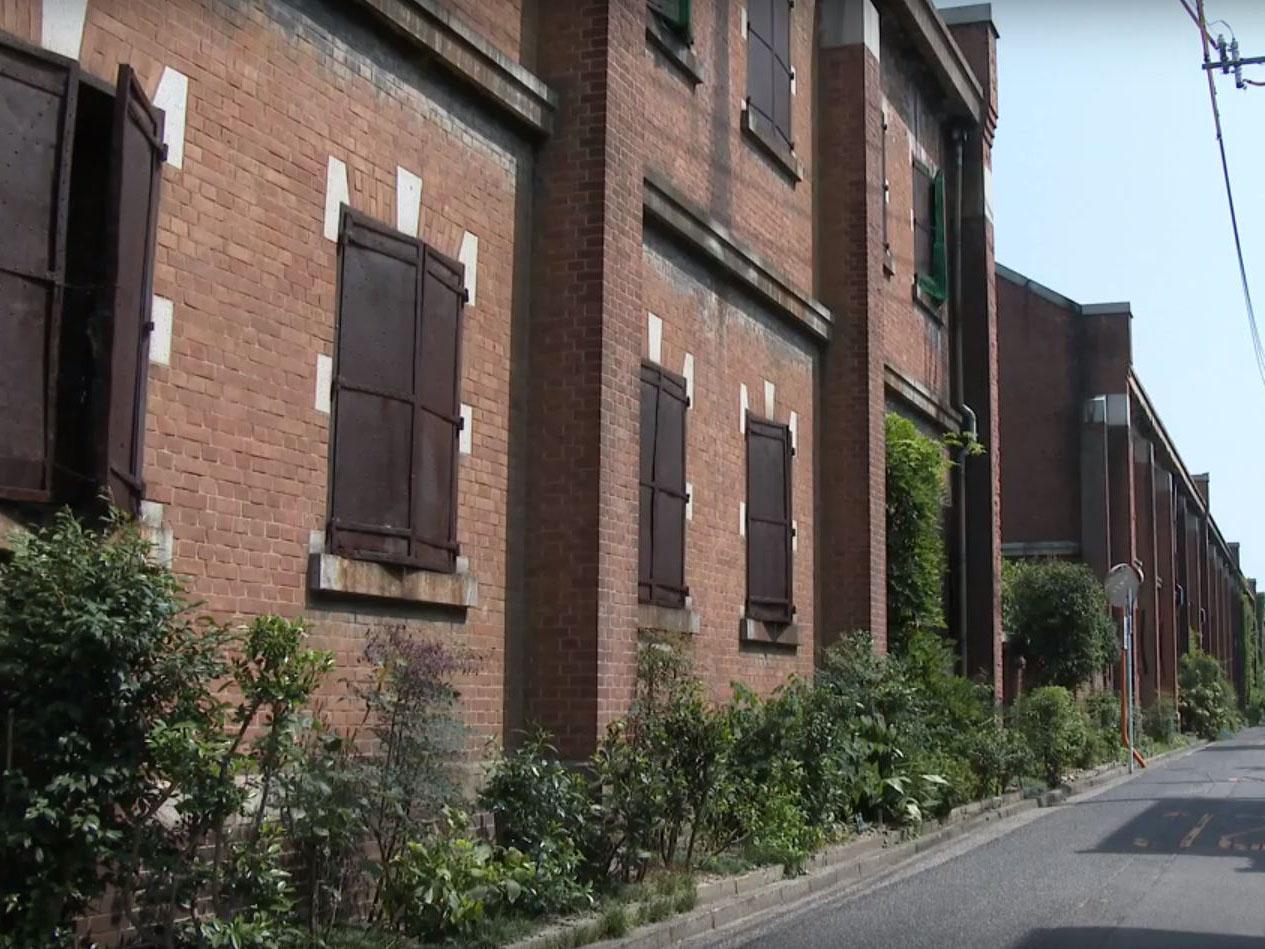Your support helps us to tell the story
From reproductive rights to climate change to Big Tech, The Independent is on the ground when the story is developing. Whether it's investigating the financials of Elon Musk's pro-Trump PAC or producing our latest documentary, 'The A Word', which shines a light on the American women fighting for reproductive rights, we know how important it is to parse out the facts from the messaging.
At such a critical moment in US history, we need reporters on the ground. Your donation allows us to keep sending journalists to speak to both sides of the story.
The Independent is trusted by Americans across the entire political spectrum. And unlike many other quality news outlets, we choose not to lock Americans out of our reporting and analysis with paywalls. We believe quality journalism should be available to everyone, paid for by those who can afford it.
Your support makes all the difference.Two buildings in Hiroshima that survived the 1945 atomic bomb are to be knocked down due to the risk of collapse, despite calls from the community to preserve them.
The buildings were erected in 1913 and formerly owned by the Hiroshima Army Clothing depot.
After the bombing, the buildings were used as a makeshift hospital as they were among the biggest remaining structures left in the city.
They were later repurposed as housing for university students after the war, but are currently not in use and not open to the public.
The Hiroshima prefecture government said it planned to demolish two of the three buildings by 2022 because they were at risk of collapsing in the event of an earthquake.
The third building will be preserved and the structure will be reinforced.
Residents in Hiroshima have called for the committee to consider preserving all the buildings for their “historical value”.
One resident and survivor of the atomic bomb, Iwao Nakanishi, said: “They could be used as facilities for [promoting] the abolition of nuclear weapons.”
About 80,000 people were killed and 35,000 injured by the atomic bomb dropped by the US, which destroyed much of the city of Hiroshima.
In the following years, radiation illness pushed the death toll to an estimated 140,000 people.
Six days after the bombing, Japan surrendered and officially ended the Second World War.
The city’s most famous ruin is the Hiroshima Peace Memorial, commonly called the Genbaku or Atomic Bomb Dome, which also survived the bombing.
A designated Unesco World Heritage site, the dome has undergone reinforcement work and can now withstand earthquakes with an intensity of lower than six.

Join our commenting forum
Join thought-provoking conversations, follow other Independent readers and see their replies
Comments